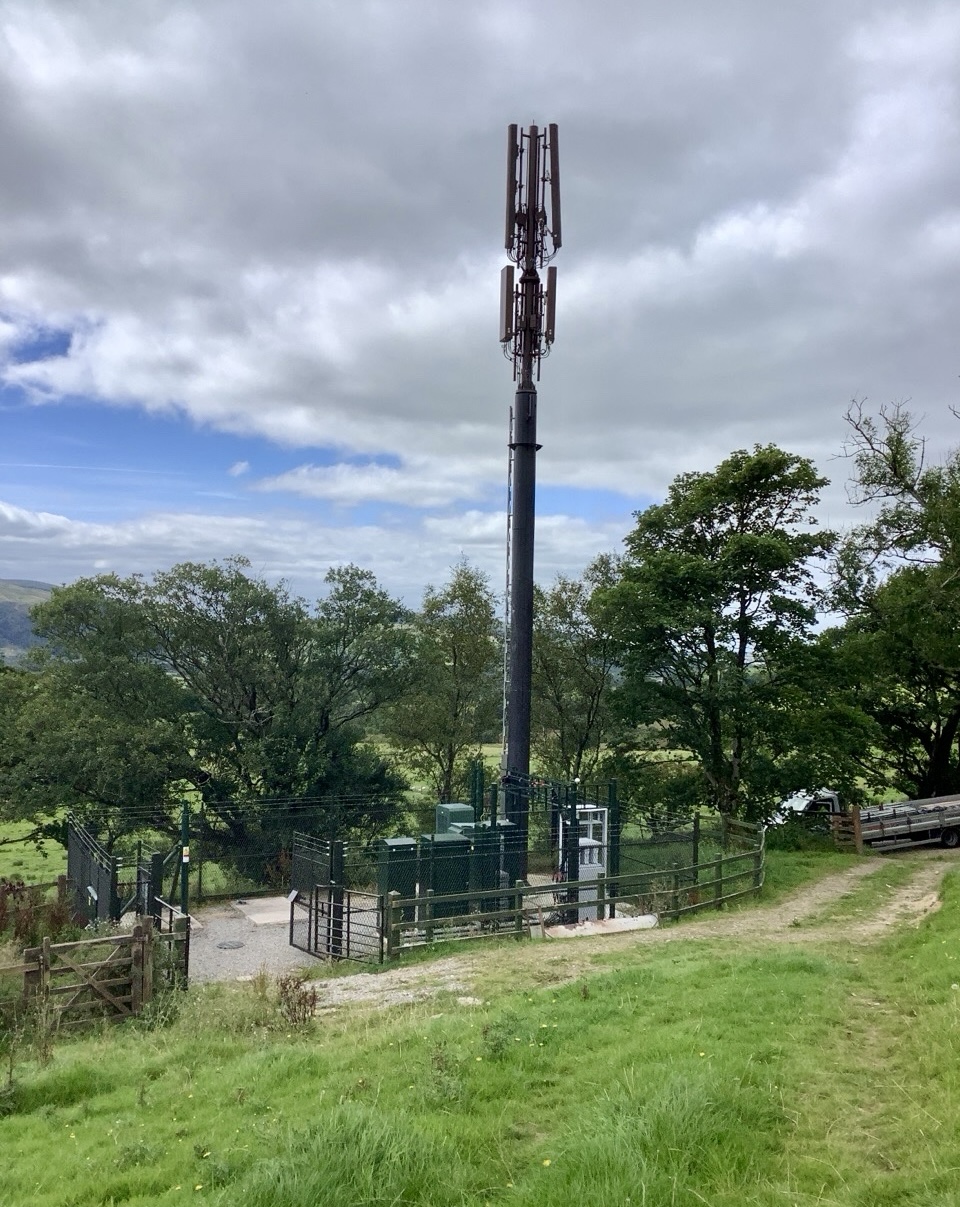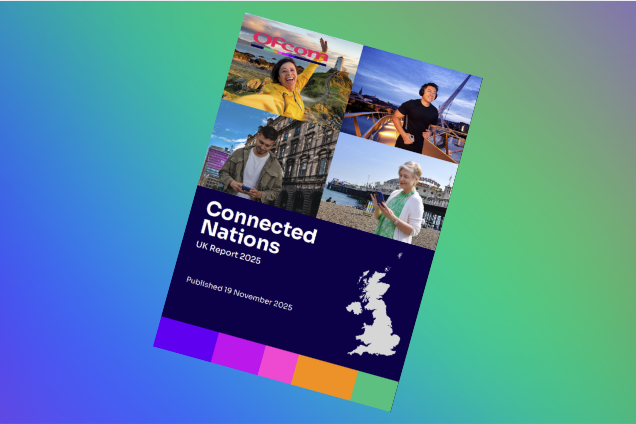29 August 2025: More of the UK is now better connected, thanks to over 75 mobile masts now delivering fast and reliable 4G coverage from all operators to previously underserved rural areas.
These coverage improvements are part of the Shared Rural Network (SRN) programme – a landmark collaboration between the UK Government and mobile network operators – designed to close the digital divide and bring connectivity to mobile signal not spots.
The latest activations bring the number of masts live to 37 in Wales, 19 in Scotland, and 19 in England.
Enhanced connectivity delivered through the SRN means that people and businesses in rural communities now have more choice in mobile providers, and travelling through rural areas should now result in a much smoother mobile experience. For those looking to get off the beaten path, this new connectivity means hillwalkers, climbers and campers can now access real-time weather updates and navigate remote areas safely.
The 75th upgraded mast was activated near Croasdale in Cumbria, with parts of Parkside, Ennerdale, Bigrigg, Moor Row, Kinniside, Galemire, Cleator, Westlakes Science and Technology Park, Rheda and the Lake District National Park now benefiting from enhanced 4G connectivity from all mobile network operators for the first time.

In Scotland, walkers exploring parts of the Cairngorms National Park, Beinn Bhan and Kinloch and Kyleakin Hills, now benefit from reliable mobile coverage, while holidaymakers visiting parts of England, including the Lake District, Dartmoor, Yorkshire Dales, Exmoor and Northumberland National Parks and the Shropshire Hills can now enjoy new connectivity in remote areas. Visitors to scenic locations in Wales, such as Eryri and Bannau Brycheiniog National Parks, can share their experiences through high-quality video calls and social media, in areas previously not served by all mobile network operators.
It is not just National Parks and Areas of Outstanding Natural Beauty that are benefiting from the latest EAS activations, parts of Hepple, Thropton, Ulpha, Higher Dean, Humber, Dean Prior and Scorriton in England will also benefit from enhanced connectivity, as will Tarfside and Strome Ferry in Scotland, and Islawrdref and Rhyd Ddu in Wales.
These upgrades are part of the SRN’s commitment to improving rural 4G coverage while taking care to respect the natural landscape. Rather than building new infrastructure, existing masts are being upgraded and shared by all mobile network operators for the very first time, helping to reduce the need for additional infrastructure in the same areas, while delivering essential 4G connectivity.
Ben Roome, CEO of Mova said:
“This marks clear progress in improving rural mobile connectivity. Strong collaboration between government and industry means 75 publicly funded masts are now live. The latest, near Croasdale, brings enhanced 4G coverage from all mobile network operators to parts of the local area — including the Lake District National Park — for the first time. This helps close the connectivity gap between urban and rural areas for residents, businesses and visitors.
“These new sites build on the momentum of mobile operators achieving their industry-funded targets a full year ahead of schedule. Since the launch of the Shared Rural Network, coverage from all four operators has increased from 66% to 81% of the UK. That’s an expansion equivalent to the combined area of Wales and Northern Ireland.
“More upgrades and new sites are planned over the next two years. We’re making sure rural communities aren’t just connected; they’re included.”
These mast upgrades build on the SRN’s recent success in delivering coverage to 95% of the UK landmass – a full year ahead of schedule. Since the programme began in March 2020, over 10,000 sq km of the UK has gained mobile coverage for the first time, with nearly 35,000 sq km now served by all four operators. In Wales alone, over 3,500 sq km—roughly 20% of the country—is now covered, equivalent to the combined size of Bannau Brycheiniog and Eryri National Parks.
The SRN also supports the Emergency Services Network (ESN), with government investment focused on upgrading ESN masts to provide coverage from all operators. The SRN also supports the Emergency Services Network (ESN), with government investment focused on upgrading ESN masts to provide coverage from all operators and provide greater resilience for 999 calls.
In parallel, mobile operators have invested in tackling ‘partial not spots’, areas where only some networks were available, bringing significant improvements to rural connectivity across the UK.


